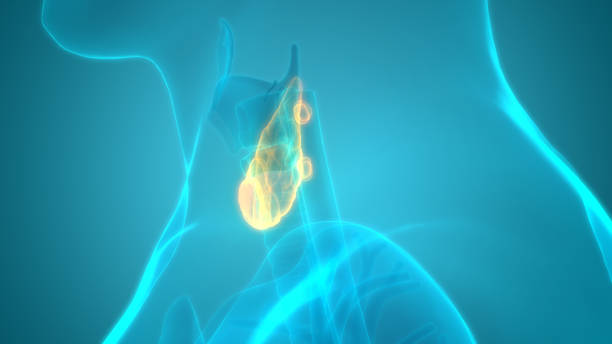
In the hurry to give you all the facts about your case, your doctor might have inadvertently thrown out some words or concepts during your prognosis discussion that may have gone over your head.
For those who need a little more clarity, here is what doctors mean when they are explaining these concepts to you in person.
Types of Thyroid Cancers
Papillary – Most common and most likely to respond to treatment even in deeper stages
Follicular and Medullary – Less common than Papillary but responds well to treatment
Anaplastic – The fastest growing of the four and least likely to respond to treatment
Types of Treatment
Surgery – Used to remove a part of all of the thyroid, most thyroid cancer patients will undergo some surgery at some point depending on the size and spread of cancer. These surgeries, while crucial, have a risk of infection, and bleeding, and will need you to avoid strenuous activity for 2 – 4 weeks.
Radiation Therapy – Used for Papillary and Follicular cancers. Radioactive iodine is ingested to kill cancerous thyroid cells, including thyroid cells that remain after surgery. Can cause dry mouth, mouth pain, eye inflammation, and altered taste of sense or smell.
Targeted Therapy Drugs – For aggressive cancers, your doctor will often prescribe targeted drug treatments that work by blocking specific chemicals that the cancer cell needs to survive. Can be ingested orally or through injections. The most common side effects of TKIs, the most common Targeted Therapy drugs are diarrhea, skin rash, and bleeding. Side effects of other drugs may vary.
5-year survival rates
5-year survival rates for cancers are based on the number of patients who have your cancer who survive in 5 years relative to the number of people generally who survive 5 years of your gender and age. Factors such as race, income factor, and genetic health also play a factor.
How your five-year rate is determined is based on the spread of cancer such as:
Localized – Cancer hasn’t grown outside of the thyroid
Regional – Cancer has spread to tissue near the thyroid
Distant – Cancer has spread to other parts of the body, such as the bones
As well as the individual circumstances of your cases. However, for Stage IV cancer the 5-year survival rate of each type of cancer is:
Papillary – Regional 99%, Distant 78%
Follicular – Regional 96%, Distant 63%
Medullary – Regional 90%, Distant 39%
Anaplastic – Regional 12%, Distant 4%
Conclusion
Every patient is different and every situation is unique but hopefully, this information is a decent overview of the how-to decipher your Thyroid Cancer prognosis.
If you or a loved one wants more information on thyroid cancer, speak to a medical professional today.
